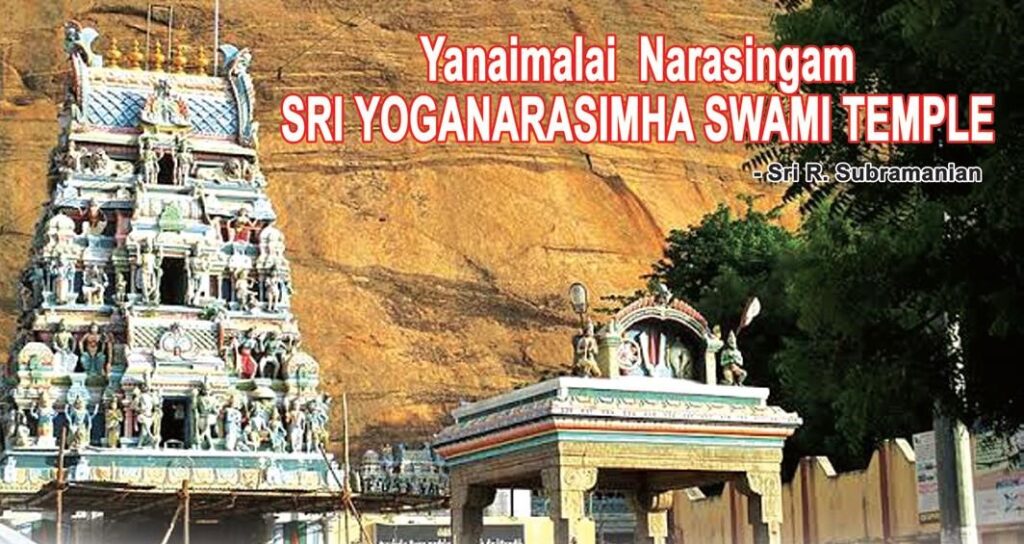Narasingam Sri Yoga Narasimha Swamy Temple To put an end to the atrocities of evildoers and to defend His true devotees Lord Mahavishnu took as many as 24 avatars of which the most popular are the ten avatars called Dasavatara. In almost all Vishnu temples we can have dharshan of Dasavataras in a separate sannidhi. Read More
Ads Blocker Detected!!!
We have detected that you are using extensions to block ads. Please support us by disabling these ads blocker.

